 |
Pipe restraint supports |
Difference between pipe support and Restraint
ASME B31.3 does not explicitly define the difference between pipe support and restraint. However, the definition of restraint is implied in section 319.2.1, which states: A piping system undergoes dimensional changes with every temperature change. If it is impeded by free expansion or contraction by connected equipment and restraints such as guides and anchors, it will be displaced from its unimpeded position.
A restraint is, by definition, a structural element used to limit the thermal movement of a piping system.
Support, on the other hand, can be defined as a structural element or construction necessary to absorb the weight load of the piping system and keep the sustained longitudinal stress within acceptable limits.
The function of a support is to bear the weight of the pipes, fittings, flanges structures, valves, and the pipe contents, including additional loads caused by external or internal factors.
Pipe guide restraint
Pipe guiding allows axial movement of the pipeline, but restricts lateral movement. The lateral movement guide can be designed to restrict movement in only one direction or in two directions.
When a guide is used to restrain the pipe movement in two directions, the guide also limits the rotational movement of the pipe to a certain extent, depending on the space between the guide and the pipe shoe.
Guides can be supplied as structural elements on shoe supports, as shown in the images below, or in the form of other structural elements if the pipe is not fitted with a shoe. For pipes that are guided vertically, guide supports usually take the form of encased structural elements around the pipe or pipe shoe.
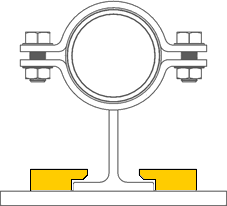
Limited
vertical upward movement
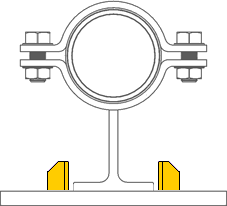
No limited
vertical upward movement
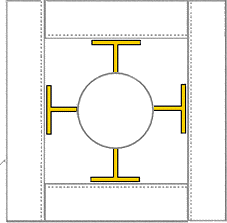
Boxed guides
for vertical pipe movement
Axial Pipe Restriction
An axial end-support-stop limits the movement of the pipe in the axial direction, but allows movement in a direction perpendicular to the axial direction.
It is therefore also referred to as a line stop. Depending on the requirements of the stress analysis, the space between the end stops or line stops on both sides of the structural steel may vary.
This space allows the pipe to expand over the specified distance due to thermal growth until the space is closed and the structural steel restricts further thermal movement. An end stop can be used in combination with a guide bracket as an anchor support.
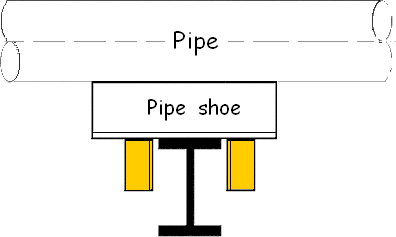
Axial restriction
guides welded on pipe shoe
Pipe Anchor Restraint
An anchor restraint is a structural component designed to prevent or limit movement in one or more directions and acts as a fixed point or strong attachment.
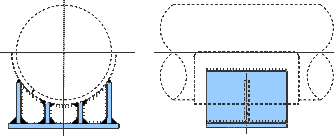
Depending on the application, it can serve to maintain the stability of a rock mass in mining, prevent pipe displacement in industrial systems, or provide a secure attachment for elements in construction.
Anchor restraints achieve this by bearing weight, lateral, and pressure loads, thus providing stability and safety against various forces such as thermal expansion, earthquakes, and wind.
Related Post(s)
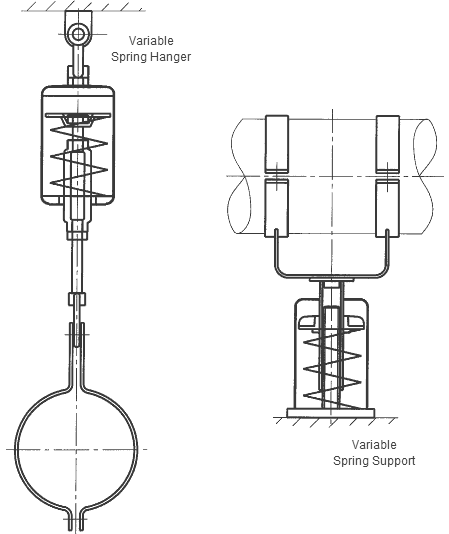
Pipe is held either from above by hangers or supports of various types on which it rests. Hangers are also referred to...